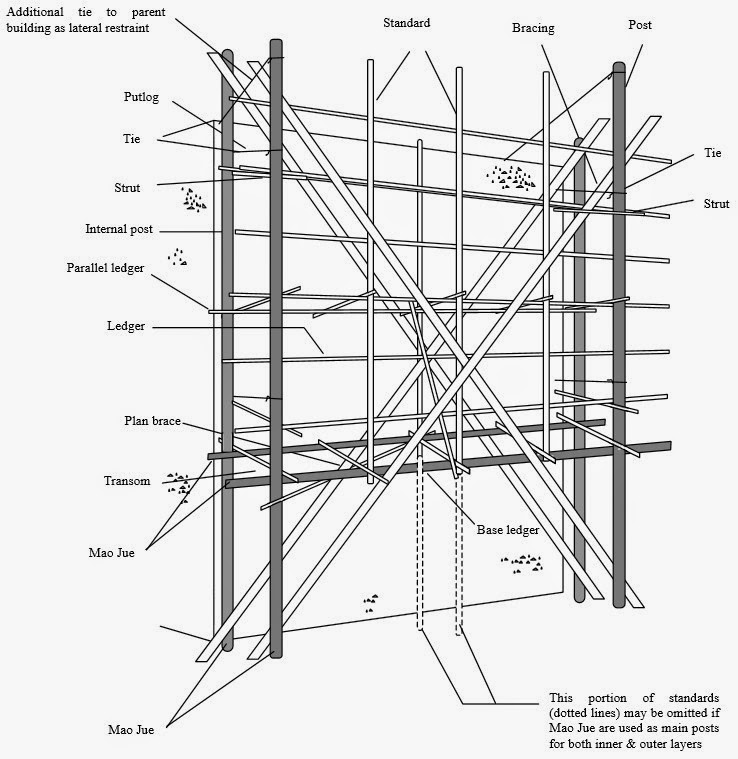
Call Your Action Representative to Schedule this Class Volume Discounts May Apply Ģ229 S. Reduced cost Re-worked scaffolding can be costly and delay projects. Productivity Well-designed scaffolding structures can make assembly and dismantling faster, reducing project time. Effective scaffolding design should eliminate safety risks. This course has a three year certification. Workers must feel confident on the scaffolding. Scaffolding is various heights, but once you reach over 16 feet high, you need to use.

The most common scaffolding lengths are 4, 6, 8, or 10 feet, but you can use extensions if you need them longer. This program is for scaffold erectors and covers the safety aspects regarding scaffold foundations, scaffold components, regulations, guardrail requirements fall protection, scaffold stabilization, and erection and dismantling procedures for scaffolds that exceed the height to base ratio. Residential standard scaffolding is 29 inches wide to fit through most doorways, but 54-inch double-wide scaffolding is available. Competent person training is available in all three major supported scaffold systems: frame scaffolds, systems scaffolds and tube and coupler scaffolds. Below we outline some of the considerations to keep in mind when constructing a scaffold. Scaffold Competent Person Training (CPT) 8 Hours $350.00 Once a scaffold design is finalized, the contractor(s) should work together with designer(s) to ensure the structure is erected as planned. The SAIA (Scaffold Access Industry Association) places a three-year expiration on this training. This accreditation is recognized throughout the USA, Canada and many other countries. A new table recommends when an engineer, rather than a scaffolder or competent person, should design, verify and undertake the initial inspection of various. The SAIA is recognized as an industry leader in the development of scaffold standards and industry related best practices and they are in Alliance with OSHA. For scaffolds that fall outside the scope of a generally recognised standard configuration the design must ensure that safe erection and dismantling. The maximum intended load and load carrying capacities of the scaffoldĪny other pertinent items that apply to the type of scaffold being used The proper use of the scaffold including material handling on the scaffold Procedures for dealing electrical hazards and for erecting, maintaining, and disassembling the fall protection systems and falling object protection systems being used Nature of electrical hazards, fall hazards and falling object hazards in the work area OSHA regulation 1926.454 (a) requires training for all employees who work from scaffolds and must include the following topics This course is designed to help the scaffold user recognize hazards on various types of scaffold. Scaffold User Awareness (SAIA Certifications) 4 Hours $225.00_ The training shall include the following topics, as applicable: 1) The nature of scaffold hazards, (2) The correct procedures for erecting, disassembling, moving, operating, repairing, inspecting, and maintaining the type of scaffold in question, (3) The design criteria maximum intended load carrying capacity and intended use of the scaffold, (4) Any other pertinent requirement of this subpart. Who Should Attend: Suggested for Employees who use scaffolds. OSHA Standard - Training Requirements - 1926.454 (b) (1-4) says:Įffective November 29, 1996, the employer shall have each employee who is involved in erecting, disassembling, moving, operating, repairing, maintaining, or inspecting scaffold trained by a competent person to recognize any hazards associated with the work in question. Design criteria maximum intended load carrying capacity ad intended use. The challenges of these scaffold-based regenerative methods are also discussed.Scaffold Training User Awareness (SAIA Certification) Competent Person Training (CPT) In this chapter, we review the fundamental requirements and considerations to enhance the design and manufacture of scaffolds, analyze the use of tissue engineering scaffolds in terms of biomaterials structure and cell material interactions and also review traditional and advanced scaffold fabrication methods.

In addition to physical and spatial cues, the scaffold itself can be the carrier of signaling biomolecules, thus emphasizing the need for scaffold-based tissue engineering. Ideally, scaffold matrices should: support cell growth and maintenance provide appropriate mechanical support have a degradation rate in synchrony with defect healing rate and facilitate effective nutrient transfer, gas exchange (i.e., O2 and CO2), metabolic waste removal, and signal transduction.

Abstract:Abstract A scaffold is a three-dimensional (3D) structure having extracellular matrix (ECM) mimicking properties both chemically and biologically. What might be your next steps in designing or implementing a close reading lesson How are the scaffolds in the lessons good.


 0 kommentar(er)
0 kommentar(er)
